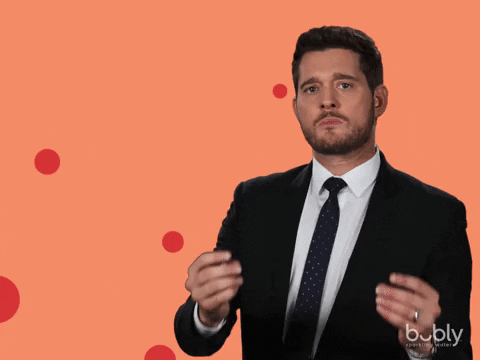
Are you stressed out about an important decision you need to make?
Does the thought of making a decision make you break out in a cold sweat?
Are you haunted by past decisions that – in retrospect – sucked?
Why not create a mind map to help you get clarity and make better decisions?
Before you dismiss this idea, consider this: Mind maps help you to visualize your thoughts, organize them, distill them and make sense of them. Users of mind mapping software consistently cite the ability to reach clarity on important issues as one of the biggest benefits of mind mapping software.
Imagine the stress and worry draining away, replaced by new-found confidence that you’ve got it all under control.

So how can mind maps help you reach better-informed decisions?
First let’s do a brief dive into the reasons why decision-making can be so tough, and how mind mapping software can help. Then I’ll reveal a template that can help you de-stress, focus and get clarity on your next big decision.
Common decision-making challenges
Narrow framing: As humans, we tend to think in binary terms – black and white, stop or go, yes or no. Often, if we take a wider view of our challenge and seek out additional information, we may discover multiple options that we can consider. Another way to broaden your options is to find someone who has already solved a challenge similar to the one you’re facing. Ideally, you can learn from the choices they considered and the decision they reached.
Confirmation bias: Often when we’re faced with a decision, we develop a belief and then seek out information that validates it – not an unbiased look at the truth.
Overconfidence: Often, people have an exaggerated sense of confidence about how the future is going to turn out, according to Chip and Dan Heath, co-authors of Decisive.
Capturing your thinking
In many cases, using a tool to help you work through your thinking is recommended. But which one? And why do I need help?
Complexity: Often, the decisions we face are complex. They involve multiple factors, each of which may have a different level of influence on our decision.
Ambiguity: Trying to envision a potential future outcome can be challenging for some people. Sometimes, it’s just really hard to see the future!
A lack of tools designed for this purpose: The tools we have at our disposal, such as note-taking tools and documents, are good at capturing a long, linear list of information. But they aren’t very good at enabling us to see patterns, trends or “connect the dots” between related bits of information. Ideally, you ought to be able to lay your options side-by-side to compare them. But traditional documents don’t make this easy. The insights you need are trapped in sentences, paragraphs and pages. Unfortunately, linear tools like this tend to create greater confusion, not clarity.
You can also use a whiteboard to think through your decision. But once you’ve captured notes on the board, they’re “anchored” in place. You can’t move them around. And once you run out of room, you don’t have any other options (other than writing really tiny in the white spaces). For simple decisions, a whiteboard may be adequate. But it’s not as well-suited for making complex decision
How to achieve clarity in your decision-making process
Mind mapping software is ideally suited to decision-making. Here’s why:
A visual outline: Rather than capturing your notes and ideas in sentences and paragraphs of text, mind maps enable you to capture a wealth of information in a hierarchical visual diagram that makes it easy to see the forest AND the trees. In addition, it can capture many different types of information, including words, images, videos, file attachments and links.
Rearrange it at will: Each topic in a mind map is an independent object. You can arrange and rearrange them in the ways that make the most sense to you.
Consider choices in parallel: The decision map I’ve created enables you to view each potential choice side-by-side – something I haven’t seen in any other decision-making mind maps I’ve seen online. This enables you to see the common elements between them.

Make connections between them: Most mind mapping tools enable you to attach topics in different parts of your mind map using relationship lines. This enables you to make patterns and connections more explicit.
Assign unique weights to each decision criterion: The ability to attach symbols and icons to map topics means that you can rate them according to their value. In the map template I created, I’ve employed priority icons of the numerals 1 to 5 to give each decision criterion a score. By totaling up the scores of each branch, you can easily determine which choice gained the greatest number of points.
The benefits of mind mapping your decision-making process
- It kick-starts your thinking out of autopilot and helps you to realize and explore the options you’re able to consider
- It enables you to creatively explore options and scenarios, yet helps you bring a numerical rigor to selecting the right decision
- It helps you manage information overload, keeping all of the information and ideas in a neat, accessible and flexible visual format
- It ultimately helps you make better informed decisions
Get the decision-making mind map template
Download this mind map today to help you make a better-informed decision. It includes:
- A section to capture background information about the decision you face
- Three side-by-side decision paths you can explore, complete with an example of criterion scoring
- A “pre-mortem” exercise you can use to preview the results of your decisions
- A section to lay out your action plan based on the decision you made
What if you don’t use mind mapping software?
I’ve included a hand-drawn version of this mind map that you can use as a model to draw your own!



Leave a Reply